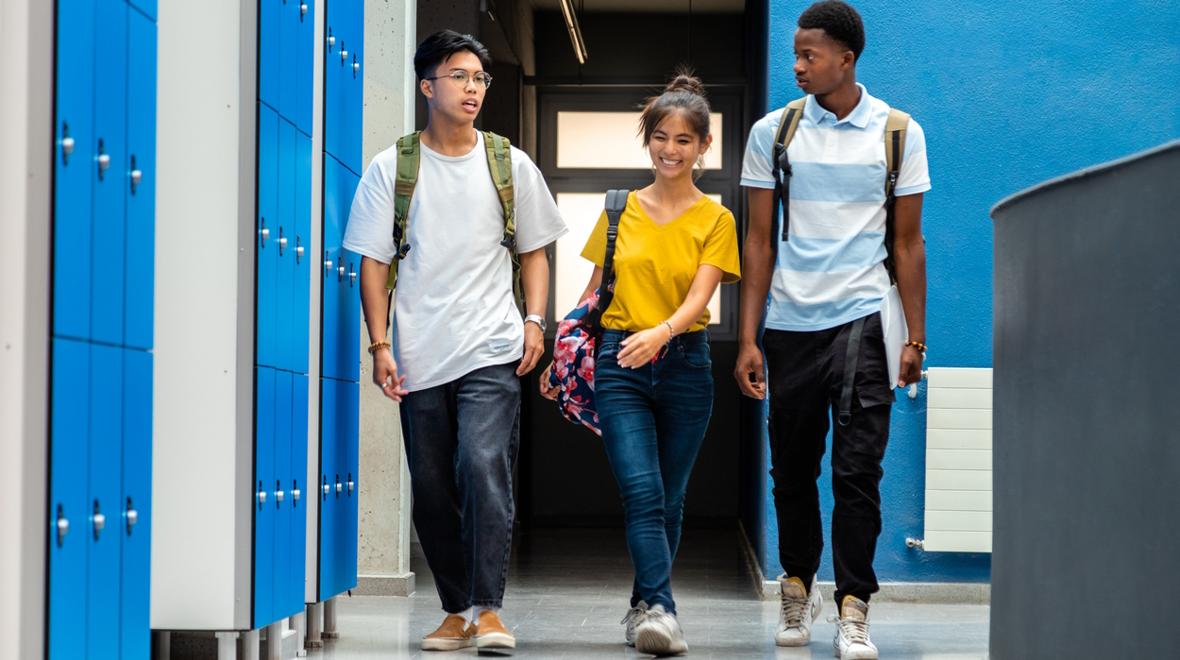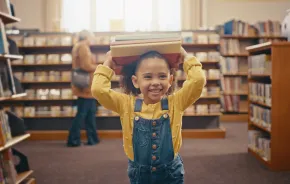
Photo:
iStock
Editor's note: ParentMap publishes articles, op-eds and essays by people from all walks of life. The opinions expressed in their articles are their own and are not endorsed by ParentMap.
The recent rise in criminal activities among our children is on everyone’s mind. Behavior that would have in past years seemed shocking — armed robberies, multiple vehicle thefts and lengthy police pursuits — appears to be more frequent. Our communities are concerned — and as a parent and Senior Deputy Prosecuting Attorney in the Juvenile Division of the King County Prosecuting Attorney’s Office, I am too. While overall juvenile crime referrals are at a low compared to the 1990s, 2000s, 2010s, violent crime among juveniles is indeed higher right now than 2019 — a trend that demands our collective attention and action.
Over the past decade, the American legal system’s perspective on the criminal culpability of juveniles has evolved. This shift is a result of the United States Supreme Court integrating research on brain development into its deliberations on the appropriate sentencing of adolescents convicted of serious crimes. Research indicates that adolescents often prioritize rewards over potential risks due to ongoing development in brain regions associated with decision-making and impulse control. As anyone with a child or who has worked with children know, this imbalance can lead to impulsive behavior and reduced ability to fully appreciate consequences.
Just as underdeveloped brains can lead to impulsive negative behavior, there is also great potential to help steer our children to become future leaders by introducing prosocial supports. So, the million-dollar question right now is what factors are leading to negative behaviors and what others can lead to positive change?
No one knows for sure, but contributing risk factors almost certainly include: the unstudied impact of near-constant social media usage, the unprecedented availability of untraceable, 3D-printed guns (sometimes referred to as “ghost guns”), and a generation of kids who are figuratively and too often literally disconnected from school since the pandemic. At the Juvenile Division of the King County Prosecuting Attorney’s Office, we are grappling with the confluence of these factors in real-time.
So, the million-dollar question right now is what factors are leading to negative behaviors and what others can lead to positive change?
In response to these challenges, our team is adapting, and has launched several new initiatives aimed at addressing juvenile crime through prevention, intervention and enforcement. We seek to balance accountability with rehabilitation — knowing that the children who commit crimes are our neighbors, and that staying connected to the community and in school is the best way to prevent future, adult criminal behavior.
The Safer Schools Strategy, spearheaded in January by King County Prosecuting Attorney Leesa Manion, recognizes that school is a vital protective factor and aims to create safer learning environments for all King County children. By focusing on interventions at multiple levels — from individual students to statewide coordination — this strategy aims to equip schools with the necessary resources for effective threat assessment and enhanced safety. Additionally, the Safer Schools Strategy seeks to address gaps in coordination and communication across different youth-serving systems such as truancy, dependency and the criminal justice system. Notably, our Juvenile Division has already broken down information silos by notifying school districts of students with pending felony firearm charges, with 70 incidents of this occurring when possible since late 2023.
Similarly, the Juvenile’s Division’s J-Watch initiative, which began in February, is a new collaboration with law enforcement agencies and serves as a vital platform for sharing information and coordinating efforts to combat juvenile crime. Through regular weekly meetings, J-Watch facilitates collaboration between prosecutors and law enforcement to address serious cases. Additionally, the Juvenile Division provides training and addresses time sensitive legal inquiries from detectives, crime strategists, patrol officers and school resource officers.
The criminal justice system is an accountability tool and resource — but it is in no way a panacea that can the fix the behavior we are seeing among young people. It is imperative for parents and caregivers to remain vigilant and engaged; your involvement is crucial in navigating this complex terrain.
As we look ahead to the new school year and beyond, our Juvenile Division remains dedicated to strengthening our partnerships with the community and law enforcement agencies. This is not merely a short-term battle but a generational endeavor. Only by investing in the well-being and safety of our youth today, can we lay the foundation for safer and more resilient communities tomorrow.











